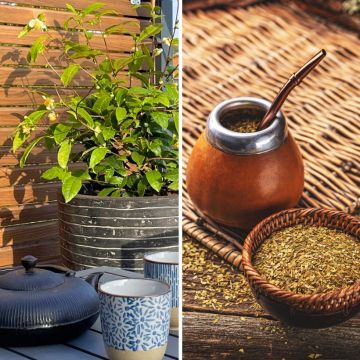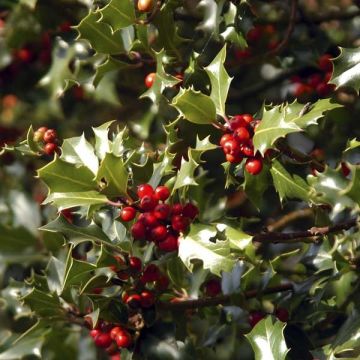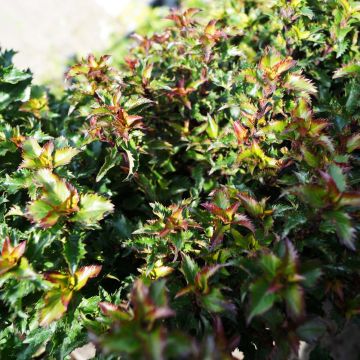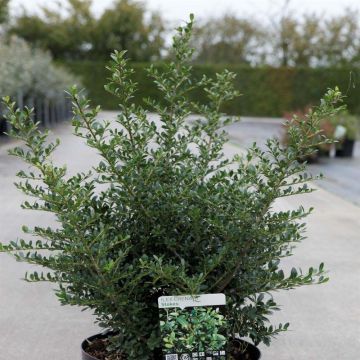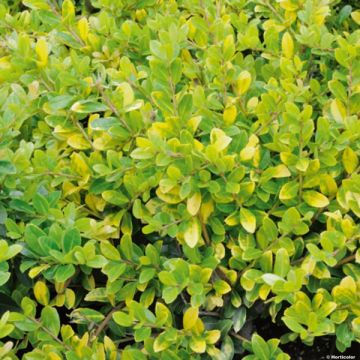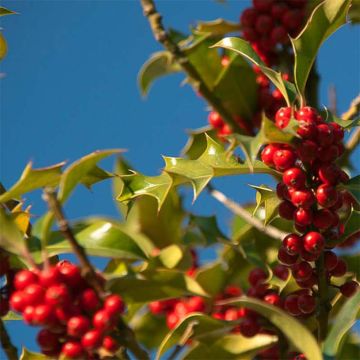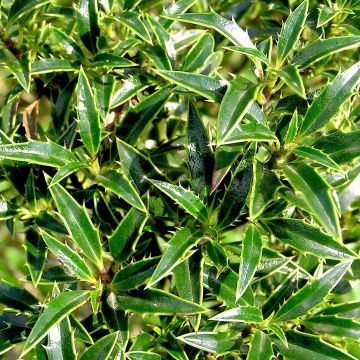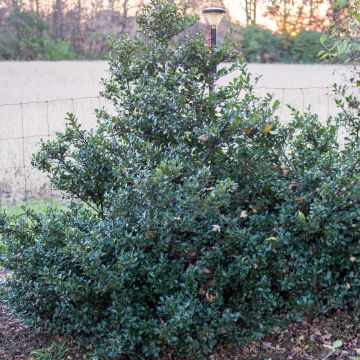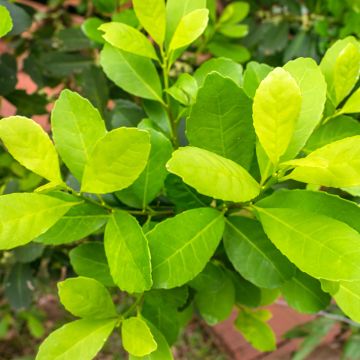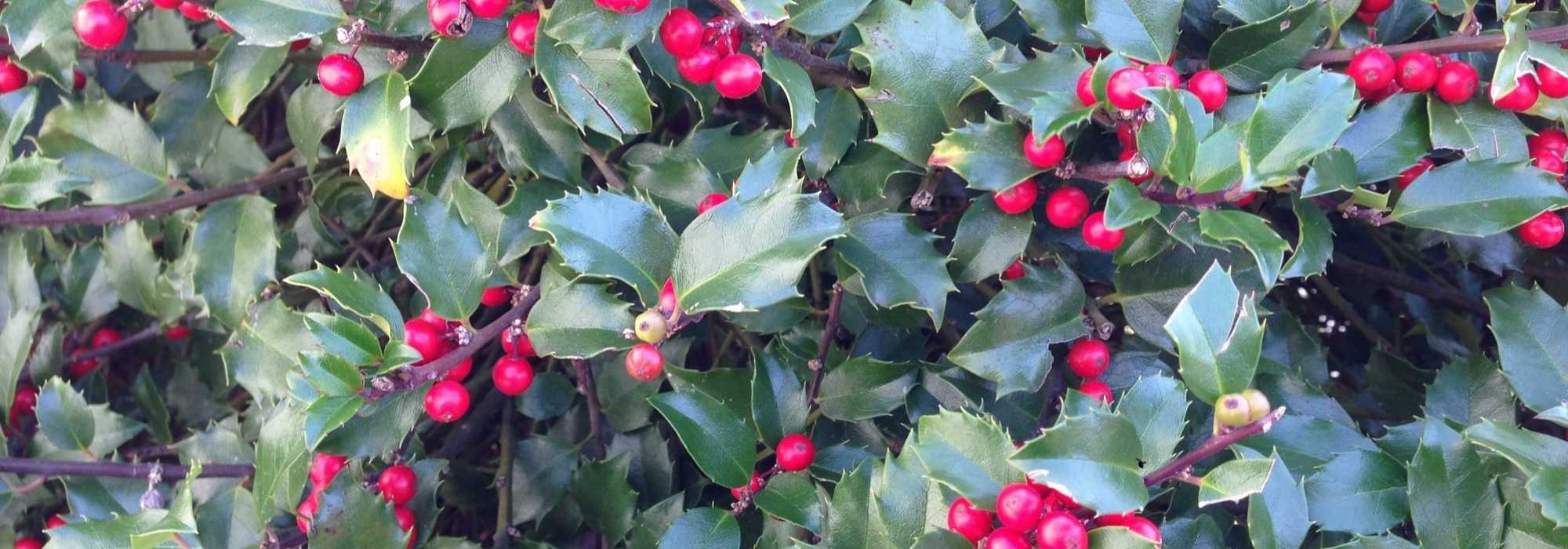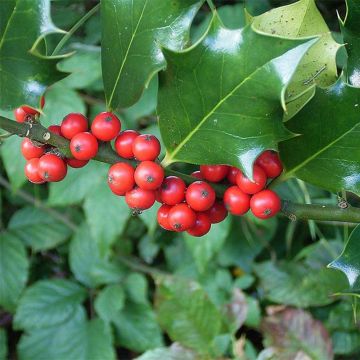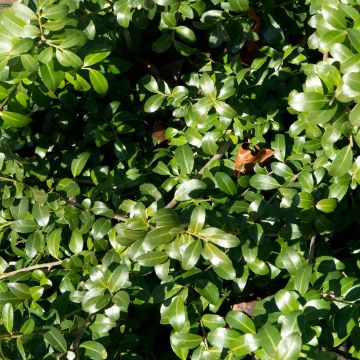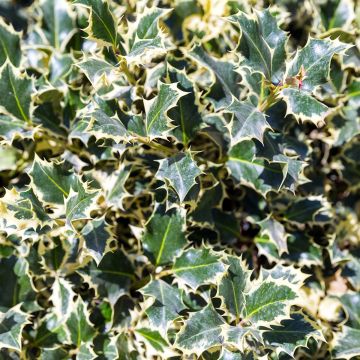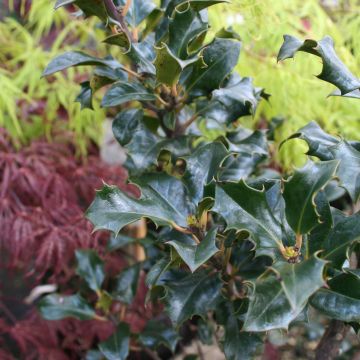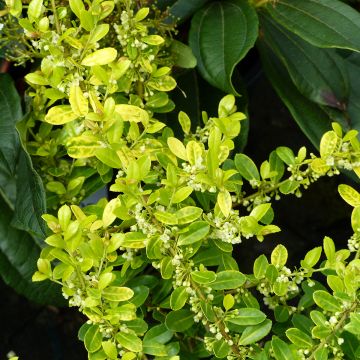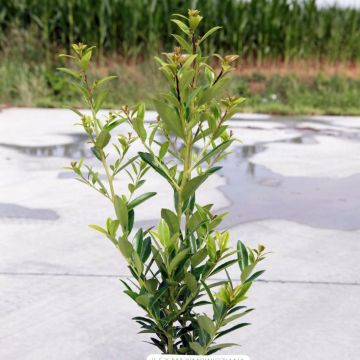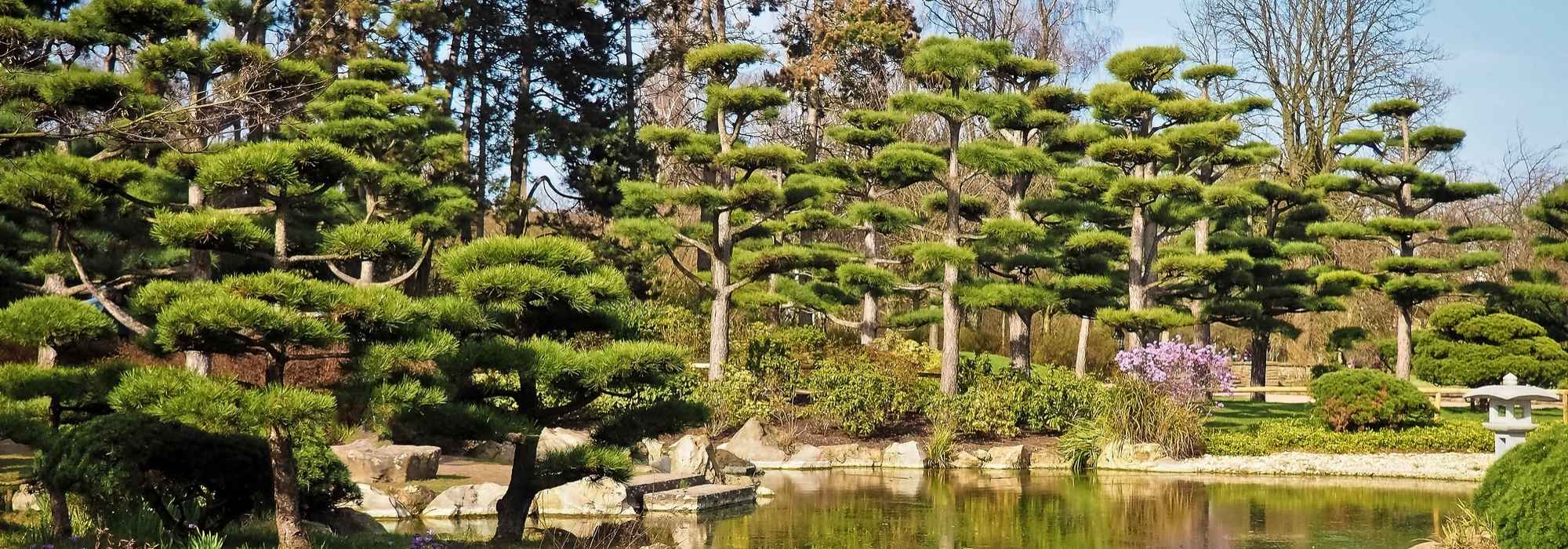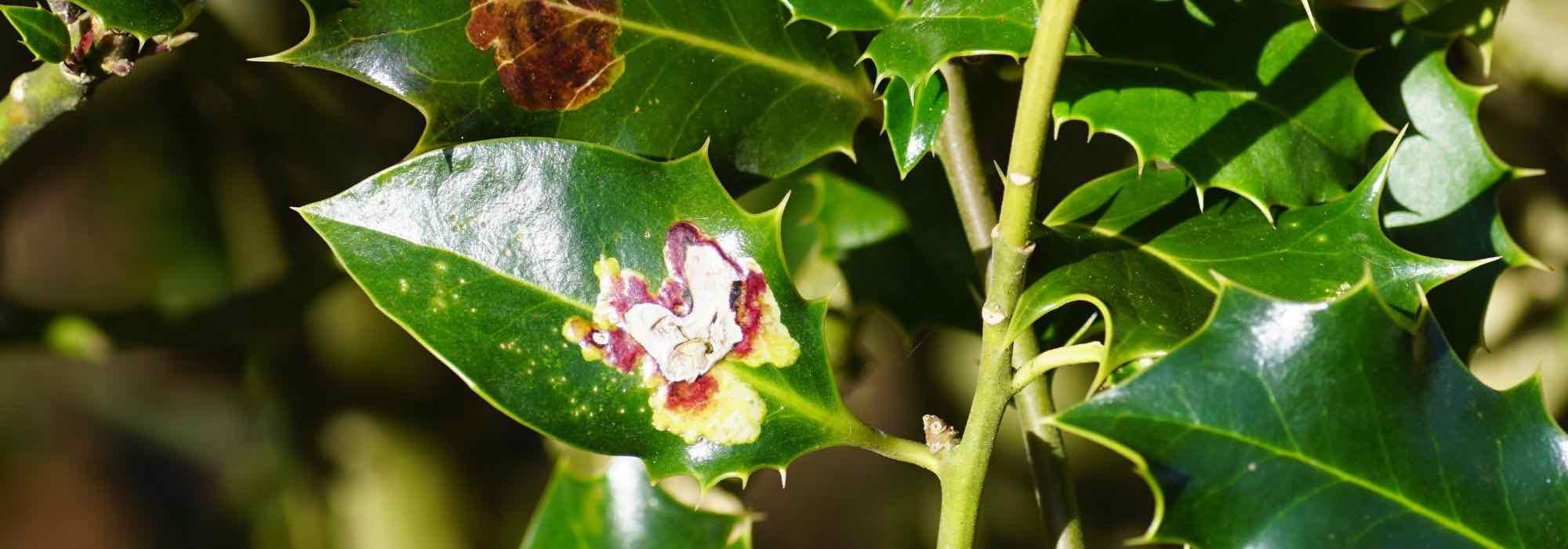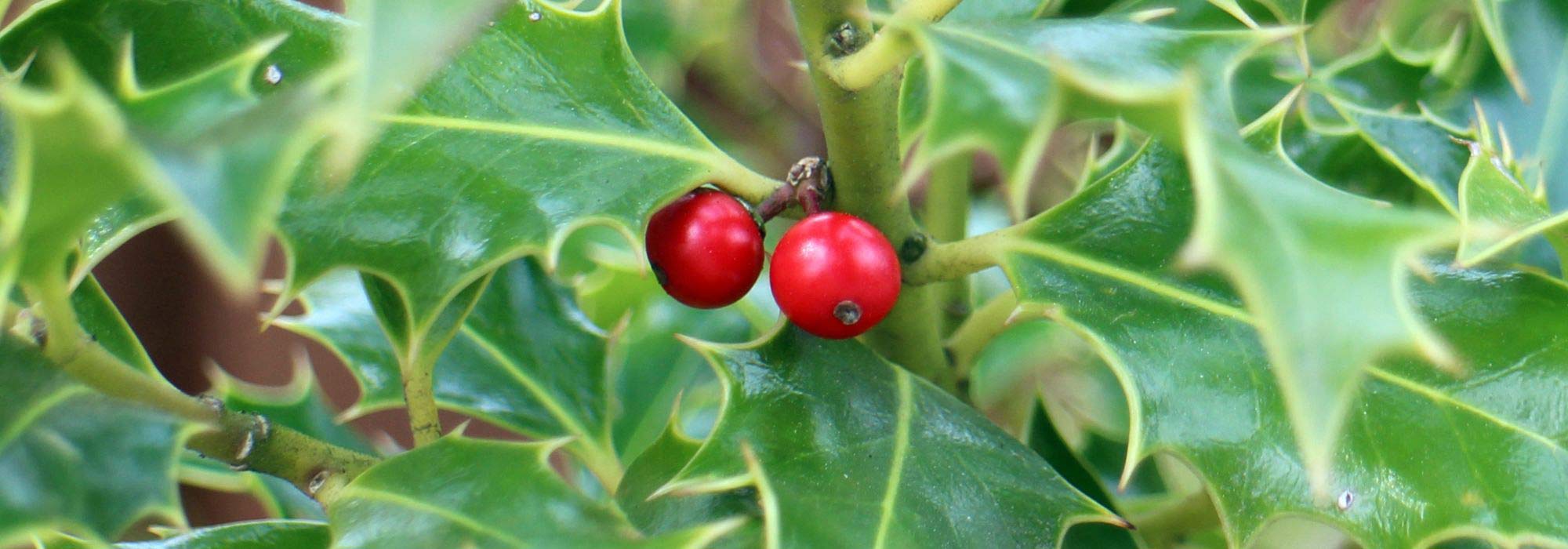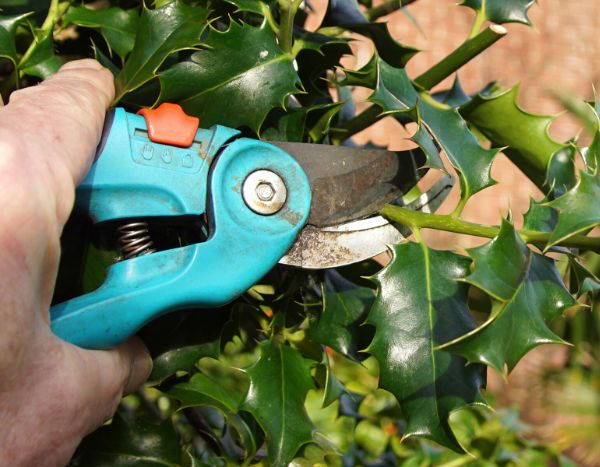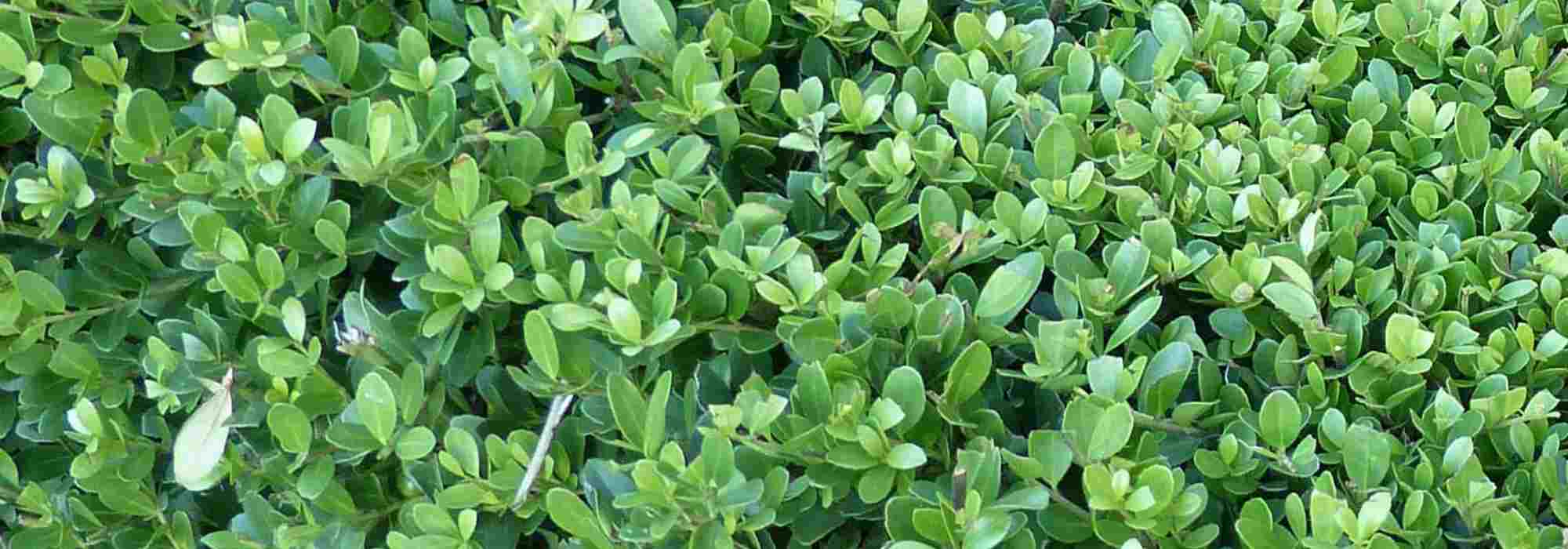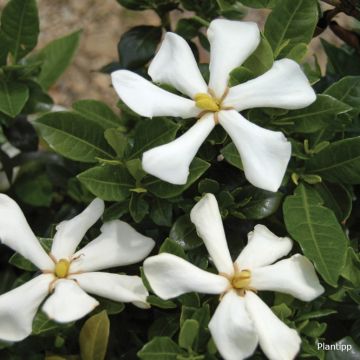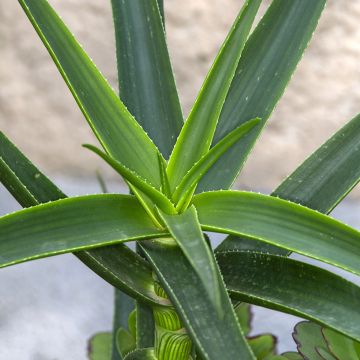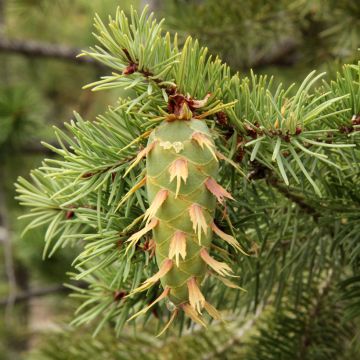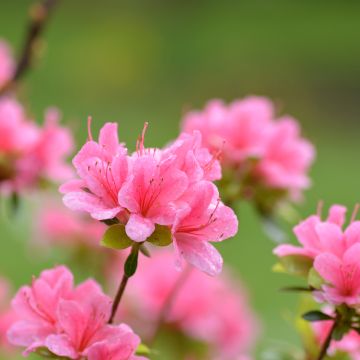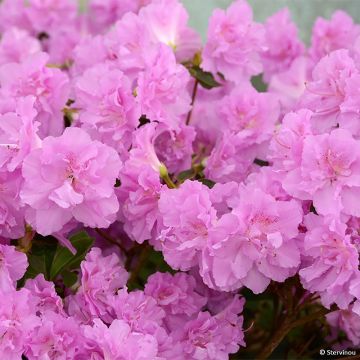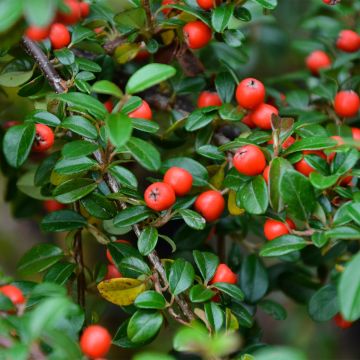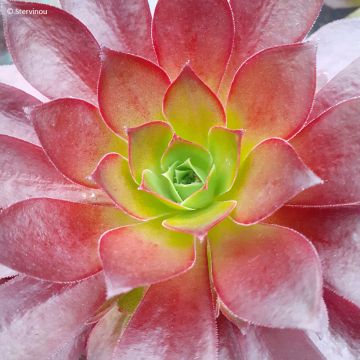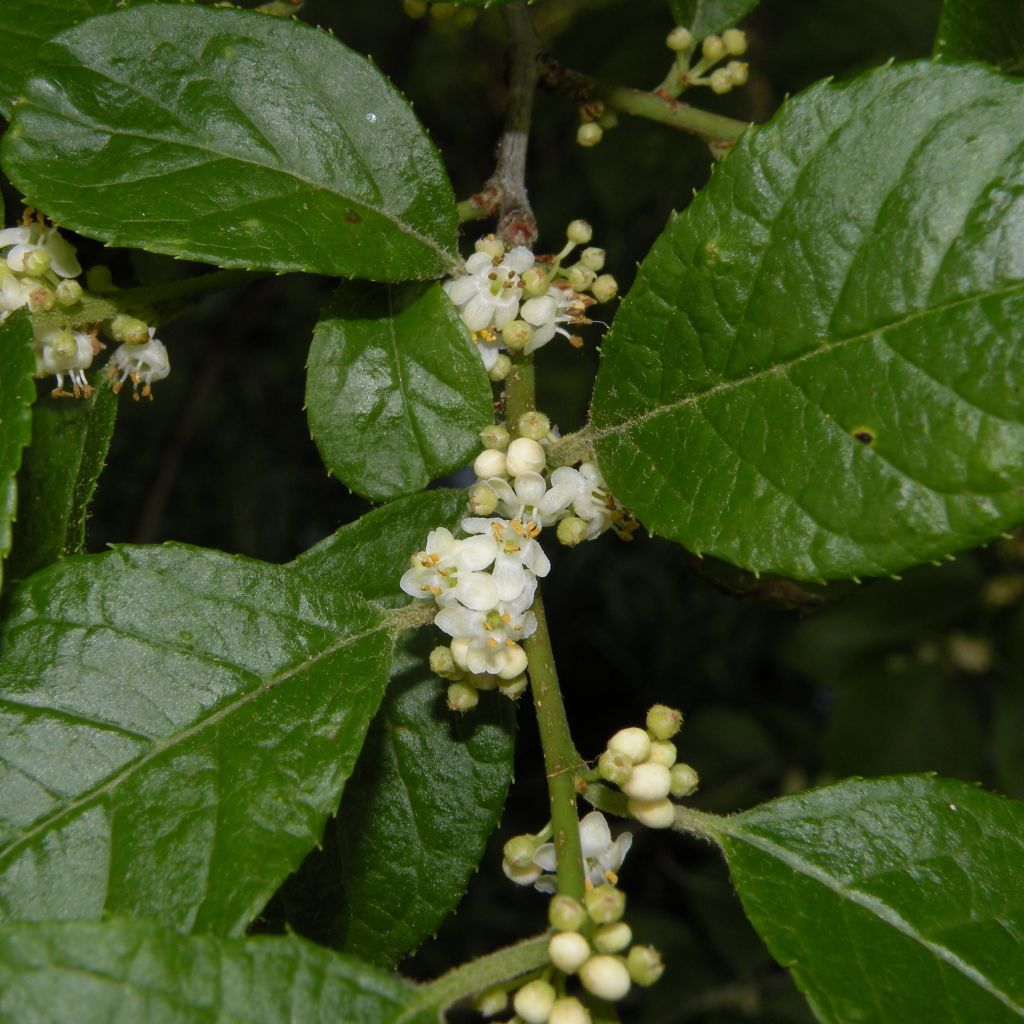

Ilex verticillata Southern Gentleman
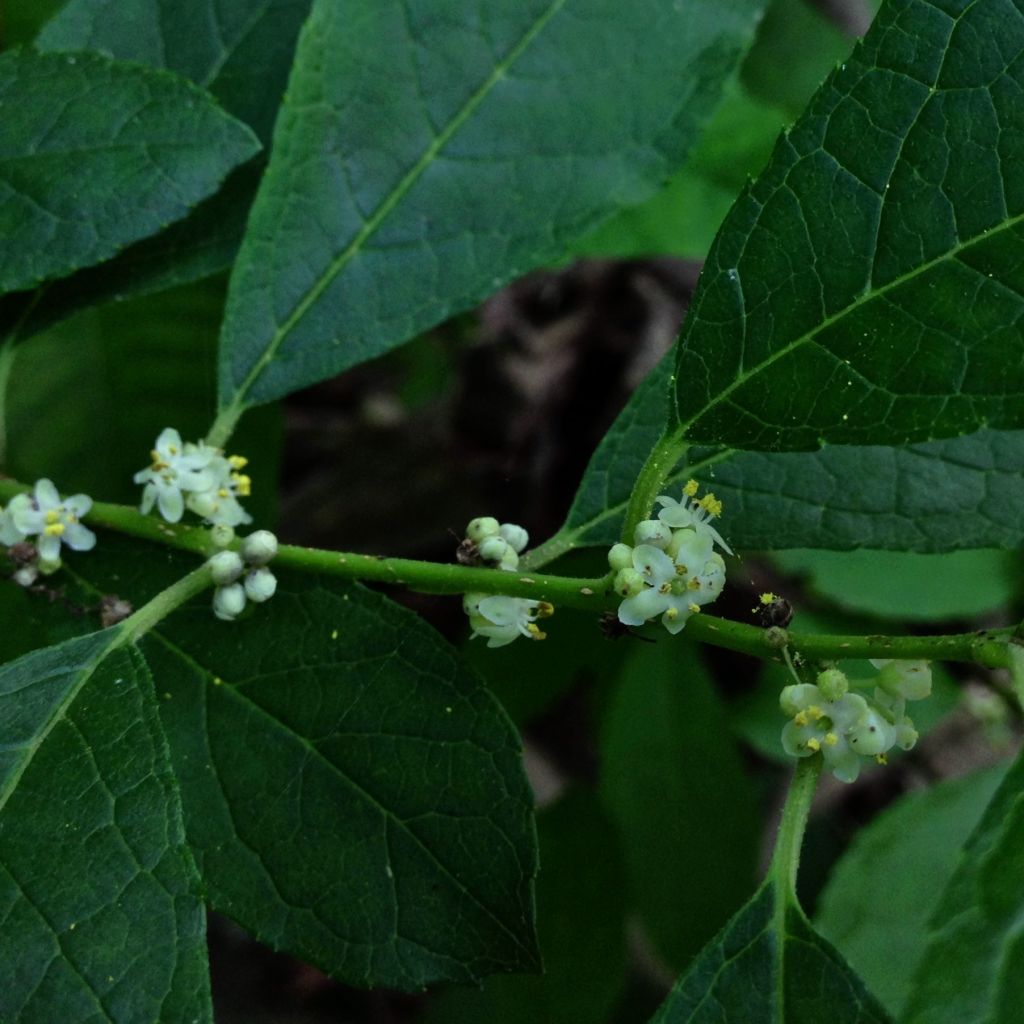

Ilex verticillata Southern Gentleman
Ilex verticillata Southern Gentleman
Ilex verticillata Southern Gentleman
American Winterberry
Finally, the young plant has arrived, in good condition as far as I can tell because there are only the branches at this time of the year. But I hope it will be in shape in spring to pollinate the female plant that I already have.
Laurence, 14/12/2020
Special offer!
Receive a €20 voucher for any order over €90 (excluding delivery costs, credit notes, and plastic-free options)!
1- Add your favorite plants to your cart.
2- Once you have reached €90, confirm your order (you can even choose the delivery date!).
3- As soon as your order is shipped, you will receive an email containing your voucher code, valid for 3 months (90 days).
Your voucher is unique and can only be used once, for any order with a minimum value of €20, excluding delivery costs.
Can be combined with other current offers, non-divisible and non-refundable.
Why not try an alternative variety in stock?
View all →This plant carries a 24 months recovery warranty
More information
We guarantee the quality of our plants for a full growing cycle, and will replace at our expense any plant that fails to recover under normal climatic and planting conditions.

Would this plant suit my garden?
Set up your Plantfit profile →
Description
Ilex verticillata Southern Gentleman is a male variety that pollinates female varieties like Maryland Beauty. Derived from a deciduous botanical species native to Canada and the northeastern U.S.A, it is a deciduous shrub perfectly hardy and well adapted to wet and acidic soils. Its interest lies in its beautiful autumn colours. The female plants pollinated by this male plant will bear very pretty bright red berries along their branches, which often persist until the following spring. Superb in a natural garden or integrated into a hedge, it also excels on the banks of watercourses.
Holly belongs to the Aquifoliaceae family. Ilex verticillata is a suckering and very common shrub, loving acidic soils and cool to wet areas. It also adapts to open spaces such as meadows or occasionally the dry sandy soils of dunes. It is found in a large part of the North American territory. It is quite polymorphous, adopting the appearance of a large spreading bush 5m (16 ft 5 in) tall and 6m (19 ft 8 in) wide, or the more modest habit of a narrow shrub not exceeding 2m (6 ft 7 in) in height. This species is dioecious, meaning there are separate male and female plants.
'Southern Gentleman' is a late flowering male variety, with vigorous growth, reaching about 2m (6 ft 7 in) in all directions. The deciduous foliage is composed of obovate or lanceolate leaves, long and slender, measuring from 3 to 9cm (1.2 to 3.5 in), with toothed edges. The spring shoots turn purple. Mature leaves are bright green and shiny on the upper side, lighter and velvety on the underside. The autumn colours in shades of yellow-orange with purple or violet reflections are beautiful. The flowering takes place in spring, in the form of small white flowers not exceeding 5mm (0.2 in) in diameter. The male flowers are clustered. When pollination occurs, the flowers of late-flowering female plants (for example 'Cacapon', 'Shaver', 'Sparkleberry', 'Sunset', 'Winter Red' and 'Winter Gold') transform into small globose and shiny fruits, dark red to scarlet, which delight birds in winter.
The Ilex verticillata Southern Gentleman brings fabulous colours to the garden, especially in autumn. It is perfect in a mixed hedge, accompanied by Elaeagnus Zempin, coyote willow (Salix exigua), Cotoneaster lacteus, deciduous euonymus, or elderberries. It dislikes excess limestone, which causes its beautiful foliage to turn yellow, and greatly prefers cool to wet and fairly fertile soils. Hardy well beyond -15°C, it particularly enjoys the vicinity of a water source in a large natural garden. Plant it in cold and humid regions, along with hawthorns, symphorines, pyracanthas with yellow or orange berries, and other evergreen hollies.
Plant habit
Flowering
Foliage
Botanical data
Ilex
verticillata
Southern Gentleman
Aquifoliaceae
American Winterberry
North America
Other Ilex - Holly
View all →Planting and care
To plant the whorled holly Southern Gentleman, add some compost to the soil and incorporate it into your garden soil to slightly acidify it while enriching it. If your soil contains active limestone, the holly will tend to develop chlorosis (the foliage gradually yellows around the leaf veins): add leaf compost when planting and mulch with pine bark, which tends to acidify the soil over the years. Choose a sunny or partially shaded location. Follow the watering instructions (preferably with non-calcareous water) for the first 3 years, especially during dry spells, to help the shrub establish itself. In the first few years, do some training pruning in spring by selecting the branches you want to keep. Step back to assess the overall shape and arrangement of the short stems. Ilex can be attacked by holly leaf miners, white scale insects in spring, and mites and aphids in summer. Consider applying a preventive treatment early in the season.
Planting period
Intended location
Care
Planting & care advice
-
, onOrder confirmed
Reply from on Promesse de fleurs
Similar products
Haven't found what you were looking for?
Hardiness is the lowest winter temperature a plant can endure without suffering serious damage or even dying. However, hardiness is affected by location (a sheltered area, such as a patio), protection (winter cover) and soil type (hardiness is improved by well-drained soil).

Photo Sharing Terms & Conditions
In order to encourage gardeners to interact and share their experiences, Promesse de fleurs offers various media enabling content to be uploaded onto its Site - in particular via the ‘Photo sharing’ module.
The User agrees to refrain from:
- Posting any content that is illegal, prejudicial, insulting, racist, inciteful to hatred, revisionist, contrary to public decency, that infringes on privacy or on the privacy rights of third parties, in particular the publicity rights of persons and goods, intellectual property rights, or the right to privacy.
- Submitting content on behalf of a third party;
- Impersonate the identity of a third party and/or publish any personal information about a third party;
In general, the User undertakes to refrain from any unethical behaviour.
All Content (in particular text, comments, files, images, photos, videos, creative works, etc.), which may be subject to property or intellectual property rights, image or other private rights, shall remain the property of the User, subject to the limited rights granted by the terms of the licence granted by Promesse de fleurs as stated below. Users are at liberty to publish or not to publish such Content on the Site, notably via the ‘Photo Sharing’ facility, and accept that this Content shall be made public and freely accessible, notably on the Internet.
Users further acknowledge, undertake to have ,and guarantee that they hold all necessary rights and permissions to publish such material on the Site, in particular with regard to the legislation in force pertaining to any privacy, property, intellectual property, image, or contractual rights, or rights of any other nature. By publishing such Content on the Site, Users acknowledge accepting full liability as publishers of the Content within the meaning of the law, and grant Promesse de fleurs, free of charge, an inclusive, worldwide licence for the said Content for the entire duration of its publication, including all reproduction, representation, up/downloading, displaying, performing, transmission, and storage rights.
Users also grant permission for their name to be linked to the Content and accept that this link may not always be made available.
By engaging in posting material, Users consent to their Content becoming automatically accessible on the Internet, in particular on other sites and/or blogs and/or web pages of the Promesse de fleurs site, including in particular social pages and the Promesse de fleurs catalogue.
Users may secure the removal of entrusted content free of charge by issuing a simple request via our contact form.
The flowering period indicated on our website applies to countries and regions located in USDA zone 8 (France, the United Kingdom, Ireland, the Netherlands, etc.)
It will vary according to where you live:
- In zones 9 to 10 (Italy, Spain, Greece, etc.), flowering will occur about 2 to 4 weeks earlier.
- In zones 6 to 7 (Germany, Poland, Slovenia, and lower mountainous regions), flowering will be delayed by 2 to 3 weeks.
- In zone 5 (Central Europe, Scandinavia), blooming will be delayed by 3 to 5 weeks.
In temperate climates, pruning of spring-flowering shrubs (forsythia, spireas, etc.) should be done just after flowering.
Pruning of summer-flowering shrubs (Indian Lilac, Perovskia, etc.) can be done in winter or spring.
In cold regions as well as with frost-sensitive plants, avoid pruning too early when severe frosts may still occur.
The planting period indicated on our website applies to countries and regions located in USDA zone 8 (France, United Kingdom, Ireland, Netherlands).
It will vary according to where you live:
- In Mediterranean zones (Marseille, Madrid, Milan, etc.), autumn and winter are the best planting periods.
- In continental zones (Strasbourg, Munich, Vienna, etc.), delay planting by 2 to 3 weeks in spring and bring it forward by 2 to 4 weeks in autumn.
- In mountainous regions (the Alps, Pyrenees, Carpathians, etc.), it is best to plant in late spring (May-June) or late summer (August-September).
The harvesting period indicated on our website applies to countries and regions in USDA zone 8 (France, England, Ireland, the Netherlands).
In colder areas (Scandinavia, Poland, Austria...) fruit and vegetable harvests are likely to be delayed by 3-4 weeks.
In warmer areas (Italy, Spain, Greece, etc.), harvesting will probably take place earlier, depending on weather conditions.
The sowing periods indicated on our website apply to countries and regions within USDA Zone 8 (France, UK, Ireland, Netherlands).
In colder areas (Scandinavia, Poland, Austria...), delay any outdoor sowing by 3-4 weeks, or sow under glass.
In warmer climes (Italy, Spain, Greece, etc.), bring outdoor sowing forward by a few weeks.






























